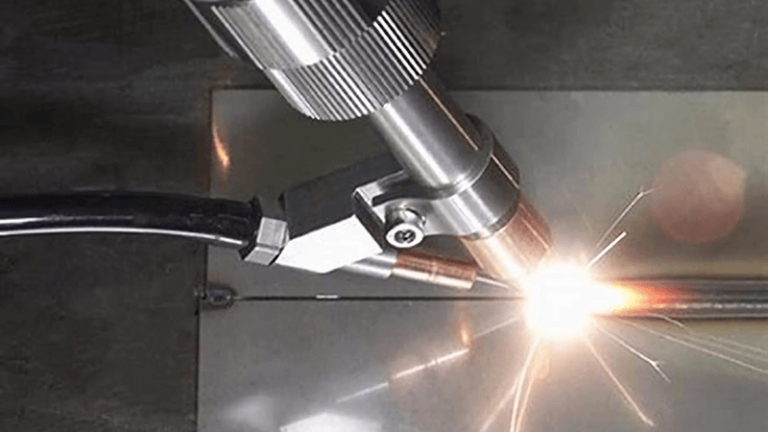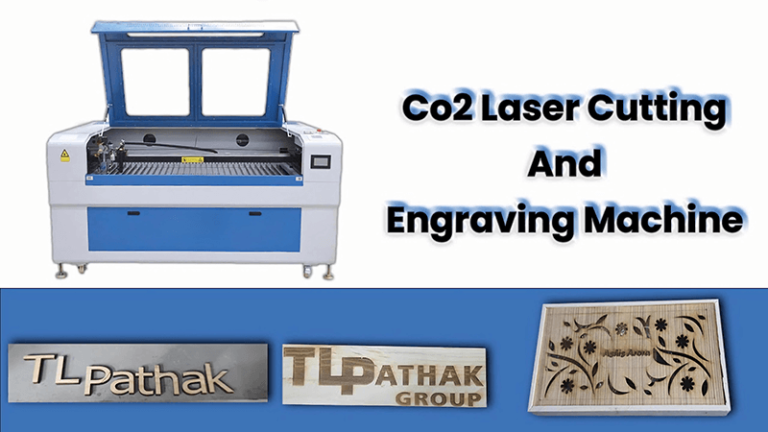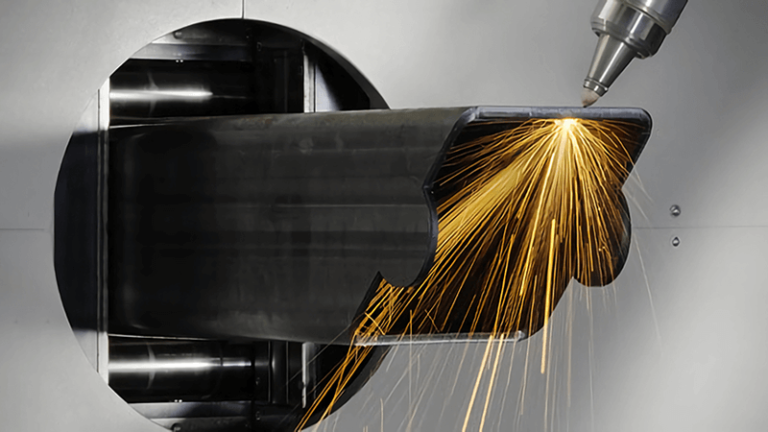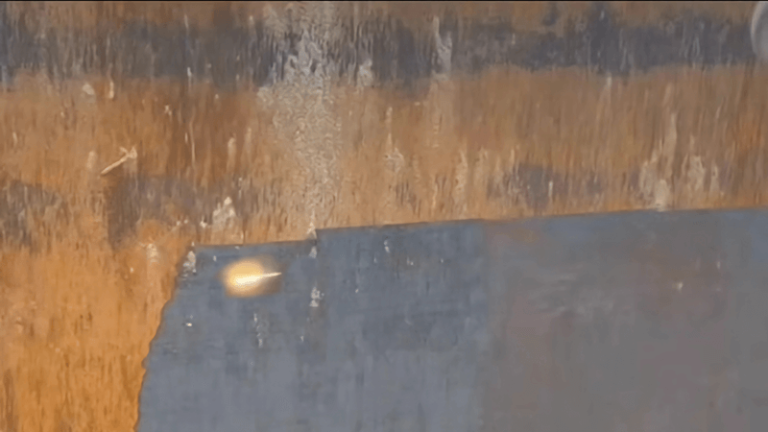Rust on cast iron is frustrating—especially when you’re restoring a valuable piece. Some say salt scrubs are a solution. But are they really effective, or just a kitchen myth?
Salt can help scrub off surface rust, but it’s slow, abrasive, and inconsistent. For true precision without damage, laser cleaning is far more efficient and safe for cast iron.
Restoring cast iron doesn’t have to be a battle. With the right method, you can clean faster, safer, and better. Here's how laser cleaning compares to traditional methods like salt.

Can salt remove rust from cast iron?
Rust removal with salt sounds simple. But simplicity doesn’t always mean effectiveness.
Yes, salt can remove light rust when combined with scrubbing, but it’s labor-intensive and inconsistent. For deeper corrosion or vintage pieces, salt falls short.
The problem with salt-based cleaning
Salt, especially kosher salt, has been used as a home remedy for surface rust. It works through mechanical abrasion—scraping away the top rust layer with the help of a sponge or half a potato. While this method is cheap and natural, it comes with major downsides:
1. Inconsistent cleaning results
Salt only works on loose, thin rust layers. Heavier corrosion needs more aggressive methods. With salt, you’re left scrubbing unevenly, often leaving spots behind.
2. Abrasive to the metal surface
While cast iron is tough, over-scrubbing can damage its seasoning or even the surface. This is especially risky with vintage or delicate pieces.
3. Messy and time-consuming
Scrubbing with salt gets messy. It also takes time—minutes, sometimes hours—especially for complex shapes or patterns.
| Method | Time Required | Effectiveness | Surface Damage | Mess Level |
|---|---|---|---|---|
| Salt Scrub | 20–60 mins | Low–Medium | Medium | High |
| Laser Cleaning | 10–60 seconds | High | None | Very Low |
At Kirin Laser, we tested both. Salt may help in a pinch, but laser cleaning1 gives faster, uniform results without harming the iron.
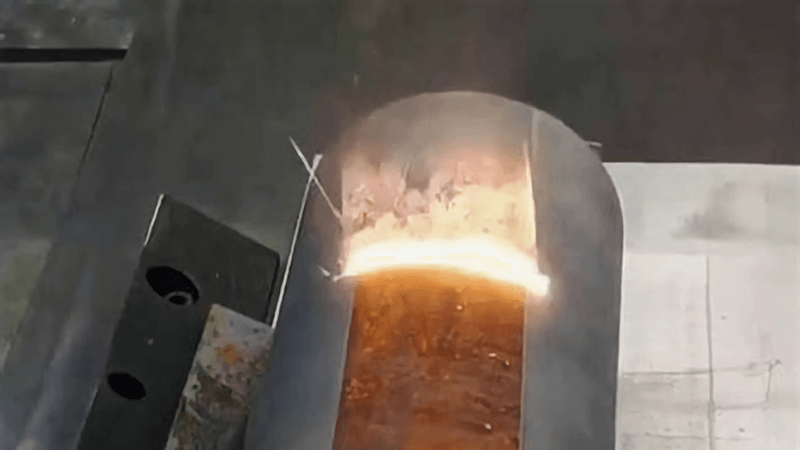
What is the fastest way to remove rust from cast iron?
When time is money, slow cleaning methods don’t cut it.
Laser cleaning is by far the fastest and most effective method for rust removal on cast iron. It removes oxidation within seconds—no chemicals, no contact, and no scrubbing.
Why laser cleaning beats everything else
One of our clients runs a vintage cookware restoration workshop. He used to rely on salt and vinegar—but it took forever. After switching to our compact fiber-laser cleaning2 system, he cut his process time in half. Here’s why laser cleaning wins:
1. Contact-free cleaning
Lasers don’t touch the metal. There’s no abrasion, and no heat damage when properly configured. We tune the pulse energy and beam width, ensuring the rust is vaporized while the iron underneath remains unchanged.
2. Targeted precision
Laser cleaning lets you isolate problem areas with incredible accuracy. This is perfect for cast iron pans with logos, engravings, or textured surfaces where traditional methods struggle.
3. Minimal cleanup
Salt leaves a mess. So do chemicals. But laser cleaning produces no waste—just a puff of oxidized vapor that can be safely extracted.
4. Repeatability
With laser cleaning, every restoration is consistent. No guesswork. No variation between pieces.
| Cleaning Method | Time/Item | Skill Level | Post-Cleaning Work |
|---|---|---|---|
| Salt + Scrub | 30 mins | Low | Rinse + Re-season |
| Vinegar Soak | 4–8 hours | Medium | Neutralize acid |
| Wire Brush Drill | 15 mins | Medium | Polish manually |
| Laser Cleaning | 30 secs | Low | None |
This isn’t just theory—we’ve seen it in practice, dozens of times.

Is salt safe for cast iron?
People assume salt is gentle. But for cast iron, that’s not always true.
Salt can scratch, strip, and wear down seasoning. It’s “safe” only when used lightly—and never as a regular solution.
When salt does more harm than good
Cast iron is tough, but it’s not invincible. Its seasoned surface (a layer of baked-on oil) is critical to performance and rust protection. Here’s how salt can interfere:
1. Strips seasoning
Salt is abrasive. It scrubs away the non-stick coating built up over time. You’ll have to re-season the pan afterward, every time.
2. Invites rust
Once the seasoning is gone, cast iron rusts faster3. If you miss a spot, or dry it improperly, rust returns overnight.
3. Uneven results
Even with careful effort, scrubbing with salt leaves uneven surfaces and patchy finishes. This is especially frustrating for collectors or restorers.
At Kirin Laser, we’ve helped cookware restorers switch to laser systems because they want uniform cleaning without surface damage4. Our low-power portable units are ideal for this kind of work—precise enough for detail, but powerful enough for rust.

What is the best rust remover for cast iron?
Rust removers come in many forms—acids, abrasives, and tools. But what actually works best?
The most effective and safest rust remover for cast iron is a laser cleaning machine. It removes rust without damaging the surface or requiring chemicals or manual labor.
Comparing rust removal options
Here's a breakdown of common methods:
Chemical Cleaners
Phosphoric or citric acid-based rust removers5 can dissolve oxidation, but they’re messy, hazardous, and can pit the surface if overused.
Electrolysis
This method uses an electric current and washing soda to reverse rust. It’s effective but complex, slow, and requires a dedicated setup.
Wire Brushing / Sanding
These methods remove rust by grinding, but they also grind away surface detail. They generate debris and require protective gear.
Salt and Vinegar
This is a common DIY solution. Vinegar eats rust, and salt helps scrub—but it’s slow, smells awful, and damages seasoning.
Laser Cleaning
This method uses controlled laser pulses to break the bond between rust and metal. It doesn’t affect the iron at all. No chemicals, no damage, and no contact.
| Method | Speed | Safety | Surface Damage | Setup Required | Cost per Use |
|---|---|---|---|---|---|
| Vinegar Soak | Slow | Medium | Medium | Low | Low |
| Wire Brush | Medium | Low | High | Low | Low |
| Electrolysis | Slow | Medium | Low | High | Medium |
| Chemical Removers | Medium | Low | Medium | Medium | Medium |
| Laser Cleaning | Fast | High | None | Low | Low |
At Kirin Laser, we help restoration shops, metal fabricators, and OEMs adopt fiber laser cleaning6 systems that match their needs—whether it’s cookware, tools, or high-value parts. They all share one benefit: total surface preservation.

Conclusion
Rust removal7 from cast iron doesn’t have to be slow, messy, or damaging. While salt can help in small cases, it’s no match for the precision and speed of laser cleaning. At Kirin Laser, we’ve helped professionals transform their restoration workflows—cutting time, preserving quality, and eliminating the mess. If you’re restoring cast iron for a living, or just want the best tool for the job, fiber laser cleaning is the answer.
-
Discover how laser cleaning technology can efficiently remove rust without damaging surfaces, offering a modern solution. ↩
-
Explore the advantages of laser cleaning, including efficiency and precision, to enhance your cookware restoration process. ↩
-
Discover the reasons behind cast iron rusting faster and learn how to prevent it effectively. ↩
-
Explore this link to understand how uniform cleaning can enhance the longevity and performance of your cookware. ↩
-
Discover the various rust removers available and their effectiveness to choose the best method for your needs. ↩
-
Explore this link to understand how fiber laser cleaning can enhance surface preservation and efficiency in various applications. ↩
-
Find the best laser cleaning machine and laser cleaning solutions from Kirin Laser, clicking this link to get your best product. ↩


